Features
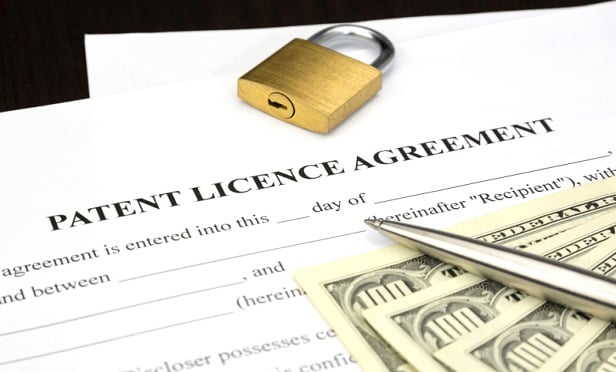
Structuring Patent Licensing Agreements
Licensing inventions vis-a-vis the licensing of patents is not a new practice by any means. However, the explosion of innovation in industries such as technology and pharmaceuticals has placed patent licensing at the forefront of economic advancement.
Features
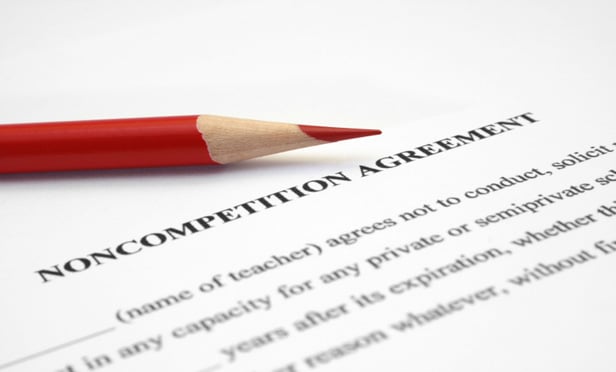
Protection for Confidential Business Information In a Changing Non-Compete Landscape
While reasonable post-employment restrictions remain enforceable (at least in the context of confidential information), the increased hostility to them has revived interest in the use of other legal protections for proprietary business materials.
Features
Early Impact of the CHIPS Act
This article describes certain key developments in the period from passage of the CHIPS Act through the present day, and provides a brief survey of key grantmaking and investment activity by U.S. government agencies since passage of the Act.
Features

Emerging Legal Terrain: IP Risks from AI's Role In Drug Discovery
This article explores the benefits and risks of AI-driven drug discovery from the legal perspective. Since the law governing IP rights in AI-driven drug discovery is still in its infant state, any future legal development is likely to have significant implications in many areas.
Features
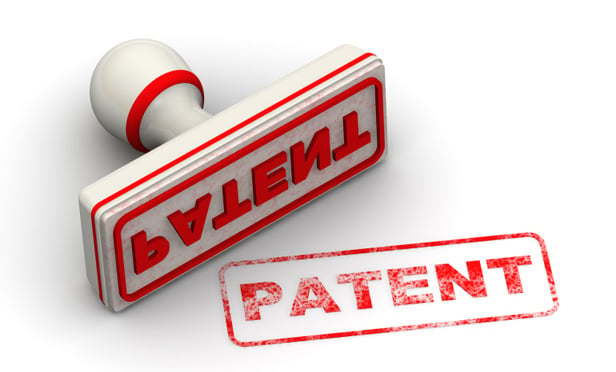
LLM Customization With A Path to Human Inventorship and Patent Rights
A statutory predicate to the contractual outcome regarding ownership of patent rights is the requirement of a sufficient contribution by a natural person in the effort that yielded the output. The issues implicated by this requirement are one development among more to come as patent law and policy try to catch up to proliferating AI technology.
Features

Adidas Stripe Design Battle Reveals Intricacies of Trademarks In the Fashion World
Although the bitter legal battle between Adidas and Thom Browne is far from over on either side of the pond, the case illustrates the challenges of ensuring trademark protection for simple and widely employed design elements.
Features
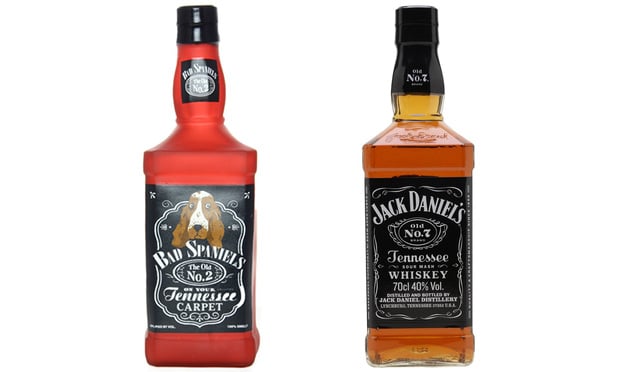
Trademark Trial and Appeal Board's View of Parodies
While most trademark-related lawyers are familiar with the "Bad Spaniels" and "Chewy Vuitton" federal court decisions on trademark parody, decisions by the USPTO Trademark Trial and Appeal Board on trademark parody marks are rarely examined.
Features
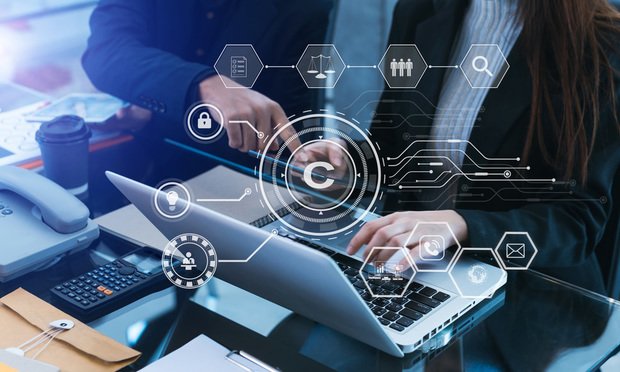
Is It Possible to Reconcile the Two Sides In the AI Copyright Debate?
The points and counterpoints brought up by experts at a Stanford Law conference provide insight on the future relationship between AI and copyright creators.
Columns & Departments
IP News
Federal Circuit Weighs On the Patentability of Claims to Targeted Advertising Federal Circuit Clarifies the Result-Effective Variable Doctrine
Features
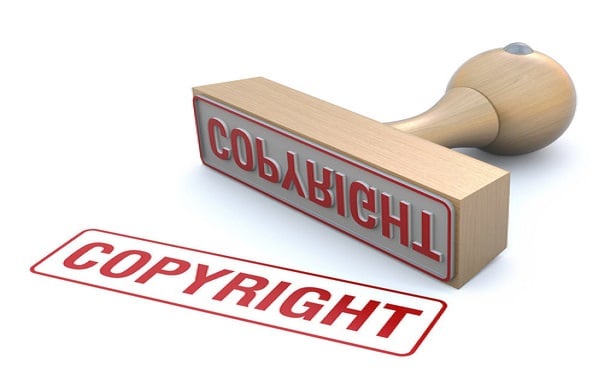
Fourth Circuit Weighs In on Fair Use and Copyright Registration Validity
In Philpot v. Independent Journal Review, the Fourth Circuit found no fair use or copyright validity for a concert photographer's use of a photo of Ted Nugent as part of a collection.
Need Help?
- Prefer an IP authenticated environment? Request a transition or call 800-756-8993.
- Need other assistance? email Customer Service or call 1-877-256-2472.
MOST POPULAR STORIES
- Use of Deferred Prosecution Agreements In White Collar InvestigationsThis article discusses the practical and policy reasons for the use of DPAs and NPAs in white-collar criminal investigations, and considers the NDAA's new reporting provision and its relationship with other efforts to enhance transparency in DOJ decision-making.Read More ›
- The DOJ's New Parameters for Evaluating Corporate Compliance ProgramsThe parameters set forth in the DOJ's memorandum have implications not only for the government's evaluation of compliance programs in the context of criminal charging decisions, but also for how defense counsel structure their conference-room advocacy seeking declinations or lesser sanctions in both criminal and civil investigations.Read More ›
- The DOJ's Corporate Enforcement Policy: One Year LaterThe DOJ's Criminal Division issued three declinations since the issuance of the revised CEP a year ago. Review of these cases gives insight into DOJ's implementation of the new policy in practice.Read More ›
- Don't Sleep On Prohibitions on the Assignability of LeasesAttorneys advising commercial tenants on commercial lease documents should not sleep on prohibitions or other limitations on their client's rights to assign or transfer their interests in the leasehold estate. Assignment and transfer provisions are just as important as the base rent or any default clauses, especially in the era where tenants are searching for increased flexibility to maneuver in the hybrid working environment where the future of in-person use of real estate remains unclear.Read More ›
- Developments in Distressed LendingRecently, in two separate cases, secured lenders have received, as part of their adequate protection package, the right to obtain principal paydowns during a bankruptcy case.Read More ›
